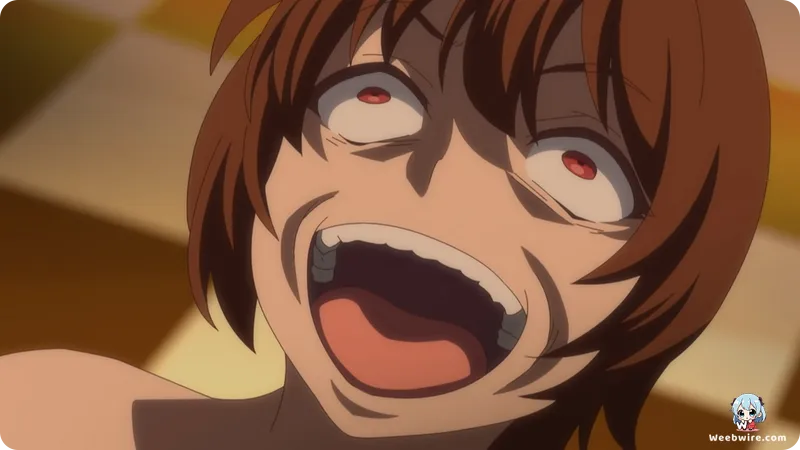Redo of Healer: Unpacking the Controversial Anime's Hidden Layers and Enduring Impact

Bursting onto the anime scene in 2021, 'Redo of Healer' quickly became a focal point of intense discussion. This series garnered attention not only for its explicit content but also for its audacious narrative and profound genre subversions. Beyond the initial shock, a deeper examination reveals layers of creative intent, deliberate production choices, and a deeply polarized yet passionate fan reception that often goes unnoticed. Despite its controversial nature, this dark fantasy series captivated a significant audience and sparked extensive debate, leaving an intriguing and lasting impact on the anime landscape.
Redefining the Healer Archetype
At its core, 'Redo of Healer' radically redefines the traditional 'Healer' class. Protagonist Keyaru wields 'Healing' not as a passive support ability, but as a potent, versatile power to manipulate and understand beings' essences. This grants him insights into their pasts and mental states. Pushed to its limits, this ability transforms into a terrifying tool for psychological warfare and physical alteration, reshaping Keyaru from a victim into a calculating, vengeful anti-hero. This profound subversion of a conventional fantasy archetype is a cornerstone of the series' identity, challenging viewers to reconsider the true, darker potential of seemingly benign abilities.

Authorial Intent and World-Building
Author Rui Tsukiyo's approach to dark fantasy extends beyond mere shock value. The narrative intricately explores themes of revenge, trauma, and moral ambiguity, all supported by a surprisingly consistent internal logic. The meticulous world-building, detailing political machinations and systemic corruption, provides a robust backdrop for Keyaru's journey of retribution. This unique blend of dark fantasy with revenge thriller and ecchi elements creates a challenging viewing experience, which largely explains its sustained discussion among fans and critics alike.
Studio TNK's Vision and Censorship Debates
Studio TNK, known for series with mature themes and controversial content such as 'High School DxD,' proved an apt choice for this production. Their experience enabled them to animate 'Redo of Healer's' graphic scenes with stylistic integrity, staying true to the source material's tone. Crucially, the series exists in multiple versions: a censored broadcast version and uncensored streaming and home video releases. This significant divergence fueled debates on censorship and artistic freedom, with many viewers considering the uncensored version essential to grasp the author's unadulterated intent.
A Polarized Yet Passionate Fandom
Fan reception was, predictably, a mixed bag of intense passion and sharp criticism. While drawing considerable flak for its explicit themes, the series cultivated a devoted fanbase that appreciated its uncompromising portrayal of revenge. Online forums buzzed with debates on morality, animation quality, and pacing, testifying to its profound impact. 'Redo of Healer' became a benchmark for discussions on 'dark fantasy' and the boundaries of mainstream animation. The anime primarily adapted the initial arcs of the light novel; the source material offers even deeper world-building and character development, providing enthusiasts with additional lore to explore. Ultimately, 'Redo of Healer' stands as a memorable and thought-provoking entry in the anime canon, compelling viewers to look beyond its explicit surface to its deeper narrative and thematic choices.
Credits
Redo of Healer
Author
Rui Tsukiyo
Cover Art
Shiokonbu
Studio
TNK
Publisher
Kadokawa
Producers





